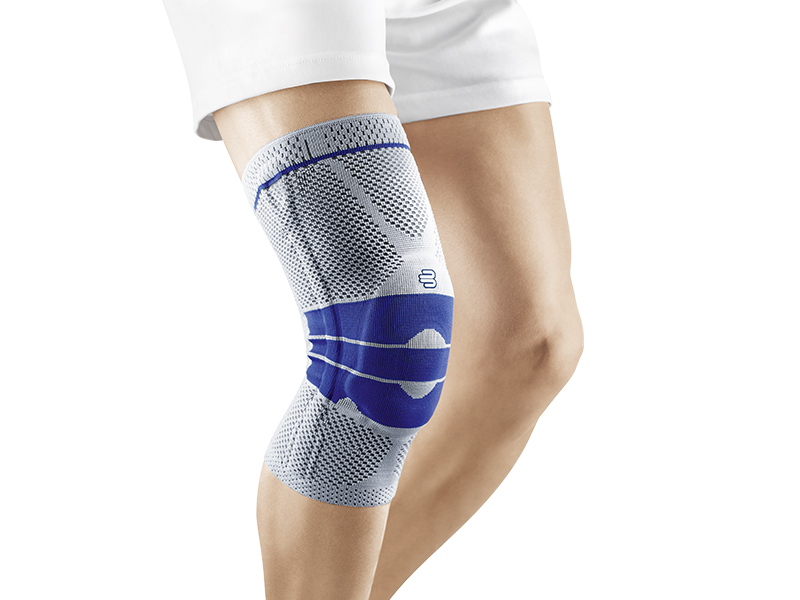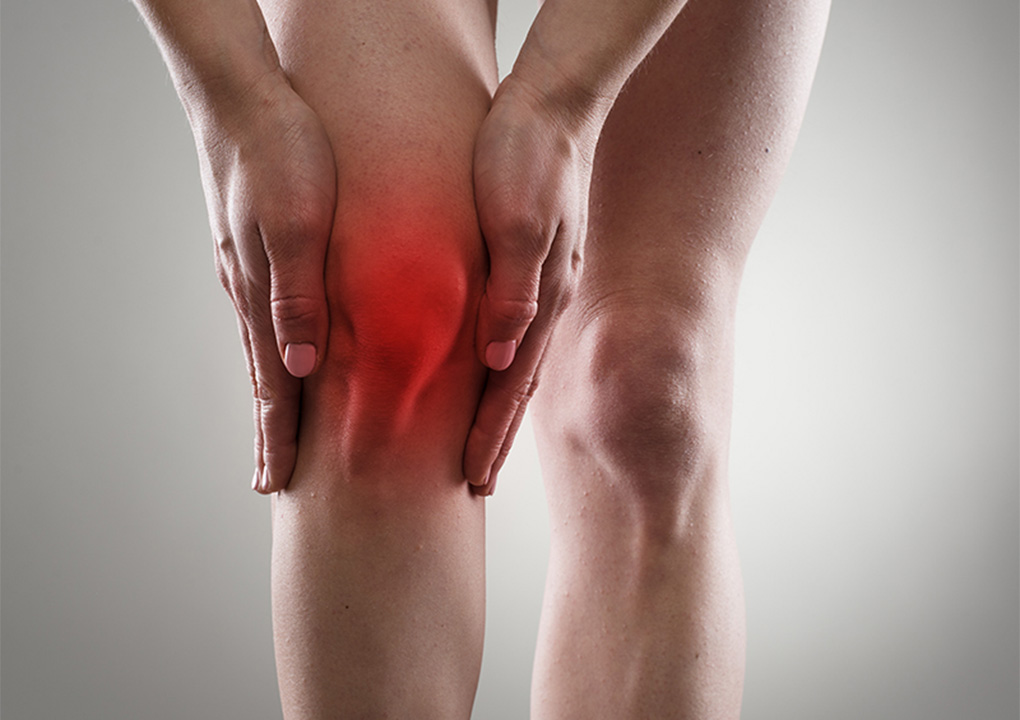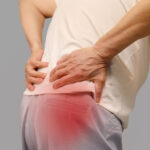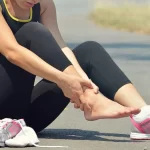What’s the most common type of joint pain? How can I prevent joint injuries? We ask an expert in the field, DR LEE EU JIN, Director of the Liberty Orthopaedic Clinic at Mount Elizabeth Medical Centre, our burning questions on all matters orthopaedic.
What to expect at my first orthopaedic appointment?
During your first consultation, the doctor will gather information on your medical history and specific details about the condition for which you’re seeking help for. The doctor will also do a detailed examination of the range of motion in the joint and examine for areas of tenderness in the limb.
In an orthopaedic clinic, x-rays are typically done to determine the degree and extent of damage to the joints, or to assess if there are any fractures to the bone. Other tests such as a Magnetic Resonance Imaging (MRI) scan or blood tests may be required to further assess your condition. The orthopaedic surgeon will discuss and explain the results of the evaluation and treatment options available. He will then decide on the best treatment option to address the problem.
What are the most common types of joint pain?
The most common cause of joint pain is osteoarthritis, which is a form of arthritis. Arthritis refers to the inflammation of the joints. Pain, stiffness and swelling are the most common symptoms. As the disease progresses, deformity of the joint can result. Arthritis makes it difficult to perform everyday activities, such as walking and climbing stairs. Osteoarthritis is the number one problem that occurs in the knee. Also known as “wear and tear” arthritis, it’s most common amongst patients who are 50 years old and above. In osteoarthritis, the cartilage layer of the joint breaks down (degenerates) and wears away. This results in bone-on-bone contact, causing pain, inflammation and bone spur formation.

What are your recommended solutions to joint pain?
The most important step to managing joint pain is an accurate diagnosis. Once established, a focused treatment plan for the condition can start. There is no one-size-fits-all solution; there are many treatment options for the various causes of joint pain.
The decision to which treatment option to use depends on the condition of the joint, the severity of the disease and its impact on the individual patient. For example, in the case of a patient suffering from osteoarthritis of the knee, the treatment options include the use of non-steroidal anti-inflammatories medications, injection of viscosupplementation into the joint, key-hole surgery (arthroscopic surgery) and knee replacement surgery. Other modalities including physiotherapy, the use of braces or the use of walking aids. It’s common to use a combination of treatment modalities to maximise outcomes for patients.
How can I prevent future joint injuries?
In a joint that is suffering from osteoarthritis, it’s not possible to bring back that cartilage that’s already been lost. However, there are steps that we can take to keep the joint healthy, as well as reduce the pain and stiffness associated with it.

The more you move that joint, the less stiff it will be. Take a short break from your desk, move those joints and get active! For short distances, walk instead of taking the bus or train, and take the stairs instead of the escalators. And, of course, regular exercise is highly recommended. Sticking to low-impact activities is important if you’re suffering from arthritis. Try swimming, brisk walking and cycling, which won’t overexert the joints. Do a light warm up before commencing on the exercise routine and don’t forget to stretch those muscles at the end of the session. Wearing a brace during sporting activities can also help to provide some gentle support and comfort over an aching joint.
Lastly, maintain a healthy weight. Being overweight has a direct impact on the knees, hips and back. This can result in early onset osteoarthritis, especially in the knees and hips. Keeping the weight down will slow down the degeneration of your joints. Even a little bit of weight loss makes a difference, as the pressure loaded onto the joints can be as high as 10 times your weight!










